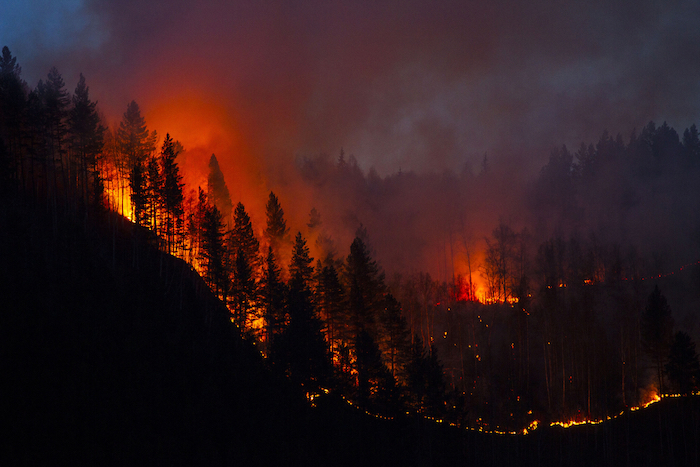Climate change to impact extreme wildfires by up to 50%
- March 2, 2022
- 8:30 am


Iain Hoey
Share this content
The UN has warned that forest wildfires can increase by almost double by 2100 due to global warming and impacts of climate change.
A report by the UN pointed out that regions that were previously not affected by fires, such as the Artic, are at an elevated risk due to climate change.
UN Environment Programme (UNEP) scientists have evidence that certain fires that burn for weeks are already becoming hotter and burning longer where wildfires are a regular occurrence. However, they are now beginning to flare up in remote northern areas, in drying peatlands and on thawing permafrost.
This study has also revealed that extreme fires could jump up to 14% by 2030, compared to the number recorded in 2010-2020. The increase could reach 30% by 2050 and 50% by the end of the century.
Dr Andrew Sullivan from the Commonwealth Scientific and Industrial Research Organisation (CSIRO) in Canberra, Australia said: “The analysis was based on the definition of a catastrophic fire being one that would occur once every 100 years, so it’s a very low frequency fire event. The result was that the potential for that sort of fire would increase by a factor of 1.3 to 1.5 times, based on global analysis of fire frequency.”
The study calls for a radical reallocation of financial resources from fighting fires to prevention.
Even though these figures are projections on extreme events, scientists believe that lesser incidents of wildfire will increase as land use changes and populations increases across the world. This could have significant implications for climate change as the extra burning will increase the amount of carbon emitted into the atmosphere.
The authors are calling on governments to change their model of spending on large fires. It is estimated that planning and prevention receives less than 1% of funding while firefighting takes over half of the available budget.



